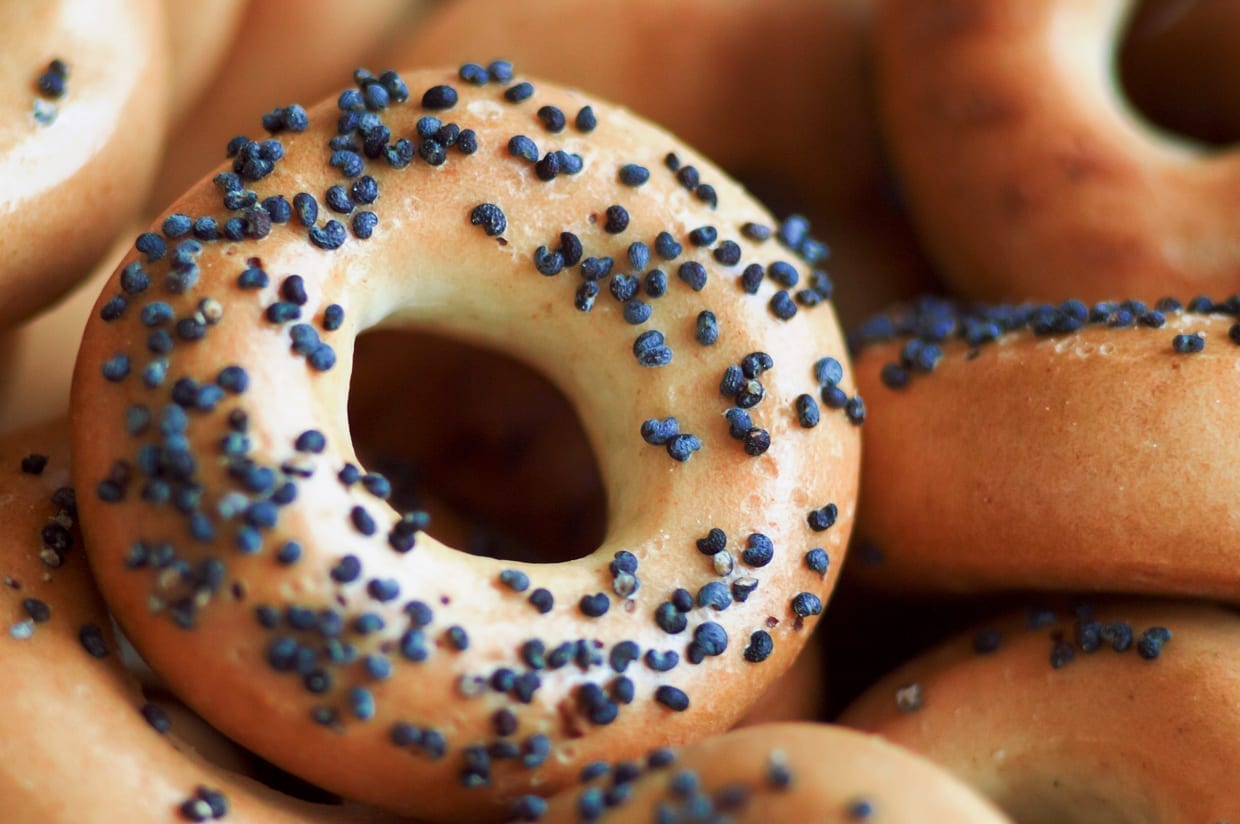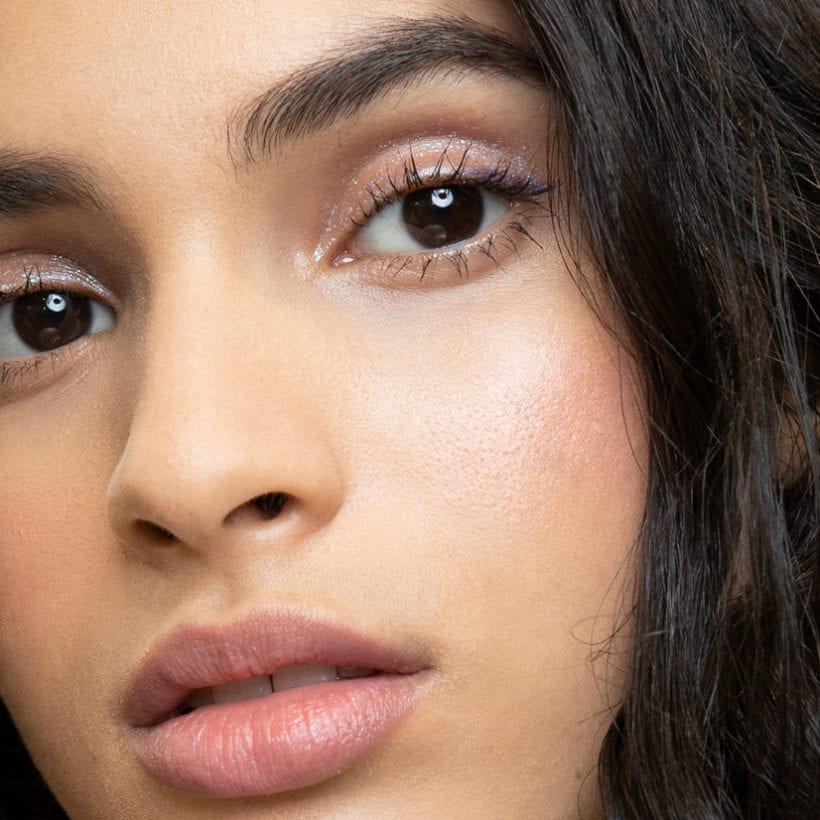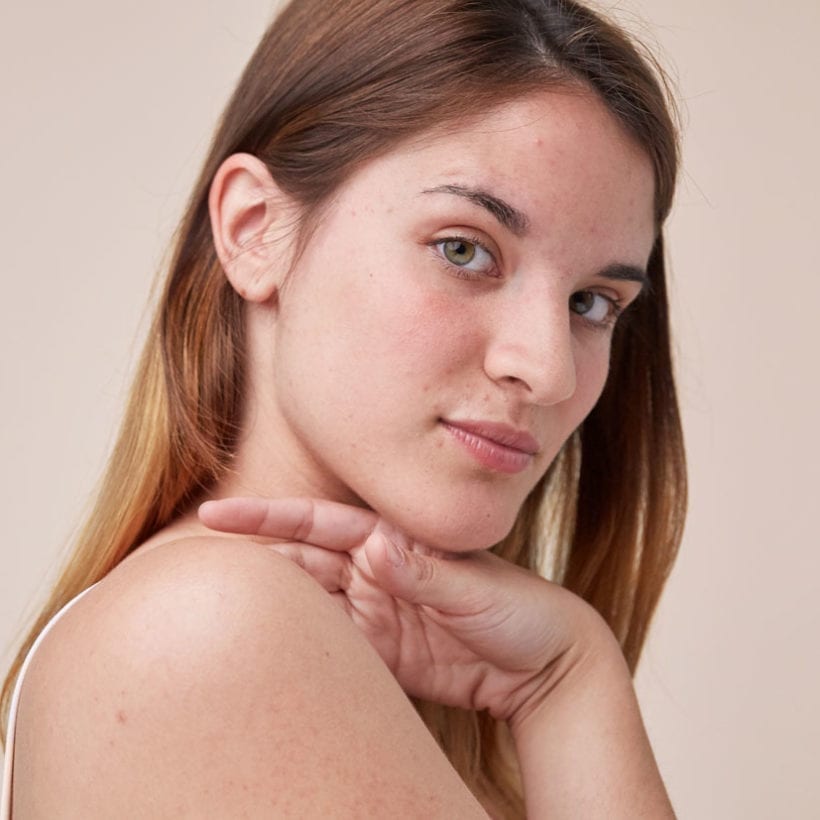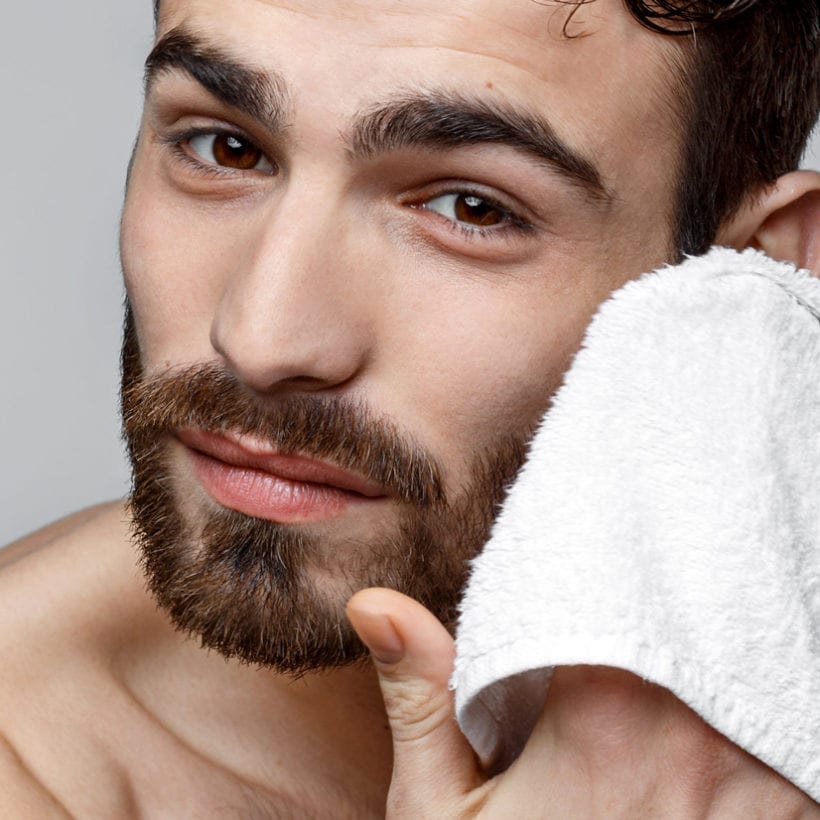There are lots of different types of acne, but there is nothing like waking up to a new family of blackheads taking residence on your nose to put a damper on your day. While acne (which affects up to 50 million people, according to the American Academy of Dermatology) is nothing to be embarrassed about, we understand the desire to want your skin to look and feel its best. That is why if you are specifically dealing with blackheads, we wanted to give you all the black and white details (pun, intended) of what they are, why they occur, and how to prevent them.
What is a blackhead?
Blackheads, aka open comedones (clogged hair follicles), are a form of acne that occurs when enlarged pores are filled with sebum and bacteria. Sebum is your skin’s natural oil that is secreted through your sebaceous glands (oil glands) to keep your skin hydrated.
“Blackheads get their name and clinical appearance because air oxidizes the sebum at the opening on the skin surface causing it to turn a black-ish color. If you’ve ever squeezed out or extracted a blackhead, you will notice that the top portion is black, but the rest is a cream or white color,” says Jennifer David, D.O., a board-certified dermatologist at Schweiger Dermatology Group.
Factors for developing blackheads mainly include the body producing too much oil, bacteria (specifically Propionibacterium acnes) building up on the skin, and dead skin cells that get trapped in your skin. “Blackheads can also be stimulated by hormonal changes that increase oil production,” says David.
How do blackheads differ from other types of acne?
Another type of acne is whiteheads, aka closed comedones. Similar to blackheads, the clogged pores are filled with excess sebum, but the air isn’t able to enter the follicle like it can with a blackhead. The bacteria inside doesn’t create a chemical reaction with the air, so whiteheads stay white.
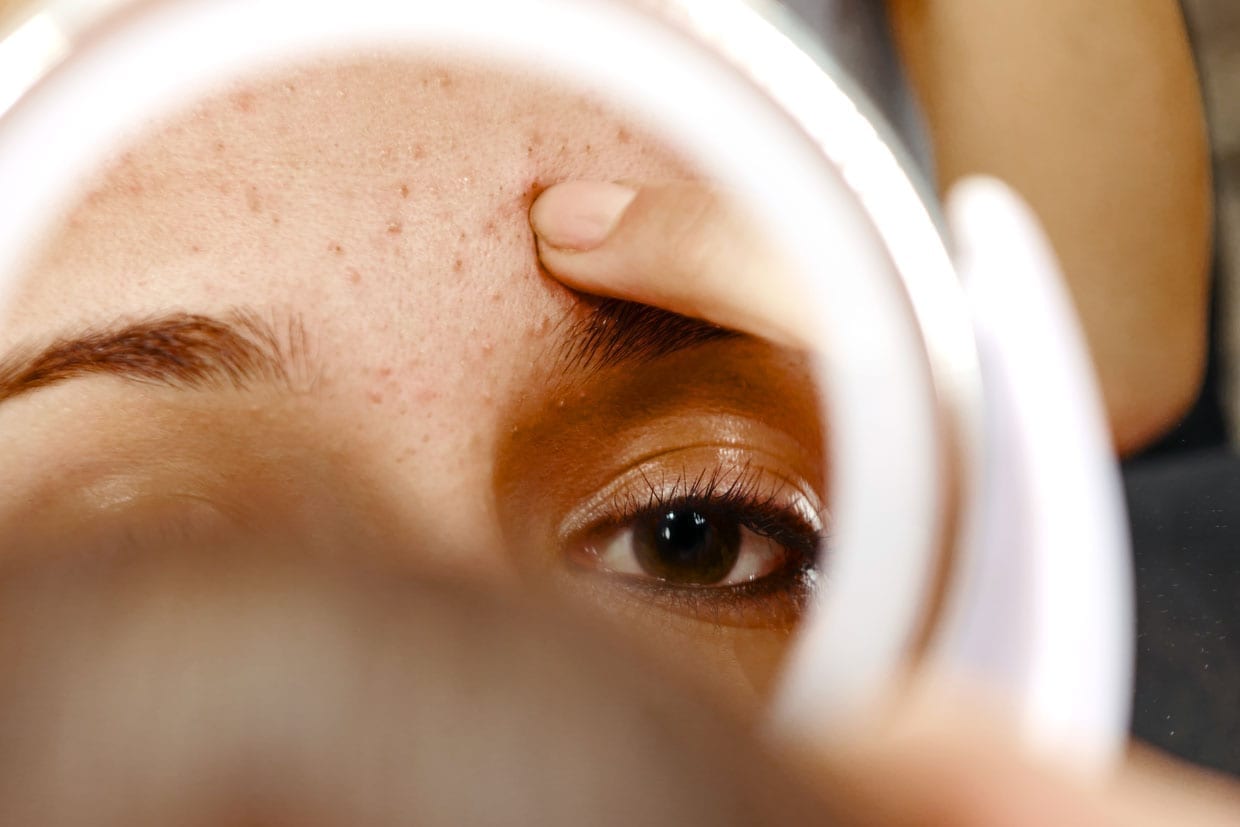
Where do blackheads typically appear on your body?
“Blackheads most commonly appear on the face, most notably on the chin, nose and forehead. They can also be present in areas of the body that have sebaceous glands, which include everywhere except for your palms, soles and mucus membranes. Common areas on the body to notice blackheads include the back and your groin,” says David.
What can my doctor do to help?
“Your dermatologist can provide a prescription-strength retinoid (tretinoin or tazarotene) that helps decrease excess oil production to unclog pores,” says David. “A dermatologist or an aesthetician can do in-office comedone extractions. They’ll use an extractor, which is a metal tool with a loop or open bowl shape on either end, and they’ll press it up against the skin to remove excess sebum,” she says. It’s important to have professional remove blackheads instead of using your own fingers since this special tool (and their expert technique) help apply an even amount of pressure around the blackhead without scarring your skin.
What can I do about blackheads on my own?
Put down the tweezers. As tempting (or even oddly satisfying) as it is to try to squeeze them out yourself, just like with regular pimples, you run the risk of scarring. While picking is bad, extracting is fine — but it should be left to the pros, like your aesthetician or dermatologist.
While picking is bad, extracting is fine — but it should be left to the pros.
Another option lies in learning about how to properly use a pore vacuum to clean out your pores from home. Besides this, a consistent skincare routine can be helpful in getting blackheads in check. First, you can try to prevent them by “washing your face and body regularly with a gel or foam cleanser that’s gentle, yet moisturizing on your skin,” says David. “Finding a face wash with an alpha hydroxy acid (glycolic acid) or beta hydroxy acid (salicylic acid) additive will help break down dead skin cells.” Once or twice a week, “consider pairing your cleanser with a gentle exfoliator like a loofah for your body or a silicone scrubber for your face to even further break up dirt and grime,” she says. Once a week, treat yourself to a clay or charcoal mask. “Charcoal is an amazing ingredient that is great at attracting and binding with oil on your skin so that it easily washes away with water,” says David. And, slather on moisturizer every day. It might seem counterintuitive to moisturize naturally oily skin, but skin actually becomes too oily because it’s overcompensating for dryness. Proper hydration will help balance out your skin.
Whenever you want to try something new to your routine though, make sure to consult your dermatologist beforehand.
Can blackheads simply go away without treatment?
We wish we had better news on this front, but sadly not really. “Our pore size is genetically predetermined. Sometimes a dermatologist can do procedures such as laser or microneedling to shrink them, but otherwise, we are left with that nature has given us,” says David. People with larger pores are more susceptible to buildup and likely to be constantly battling blackheads.
What makes blackheads worse?
In addition to trying to squeeze them out with your fingers, “sleeping with your makeup, not washing your face regularly before bed, and wearing tight-fitting clothing during a workout” are all ways that your habits and lifestyle can affect blackheads, says David. While poor hygiene doesn’t directly cause blackheads, it can exacerbate them.
https://www.instagram.com/p/B19iPScH1HJ/
Is there an age group or demographic that is particularly prone to blackheads?
They can appear on anyone, at any age, at any time. But just like other types of acne, blackheads are very common when girls and boys go through puberty thanks to the hormonal changes that trigger more oil production. Other hormonal fluctuations like during your period, pregnancy or pre-menopause can also bring blackheads in women.
What other sneaky ways cause blackheads?
As with many other parts of your skincare routine, it is always a great idea to be ingredient conscious when you are trying to achieve a certain skin goal. “Make sure makeup is oil-free. Take a look at your hair products — ones with dimethicone cause breakouts as your hair rubs against your skin,” David says. “Some oils in your hair conditioner can run down your back in your shower and clog pores that way, so ensure that you’re rinsing your back thoroughly.”
